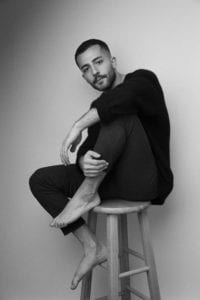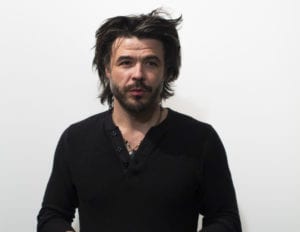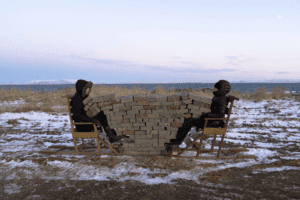Interviewing artists about their work always proves to be an enlightening process, granting us a new lens through which we can appreciate some of our favorite works of art. Imagine, however, being able to talk with the canvas on which the artist paints about its relationship with the creative process and the finished product. Weird, right? Well, this interview provides just that: a Q&A with the most frequently-painted person in the art world today, a canvas incarnate discussing the increasingly popular art form of body-painting.
Jessica Mellow has made a name for herself as a model for those artists who desire a canvas that is, shall we say, a little more lively than average. We got the chance to talk in-depth with Ms. Mellow about what it means to be a body-painting model and her relationship to the art, as an aesthetic practice and even as a form of healing.
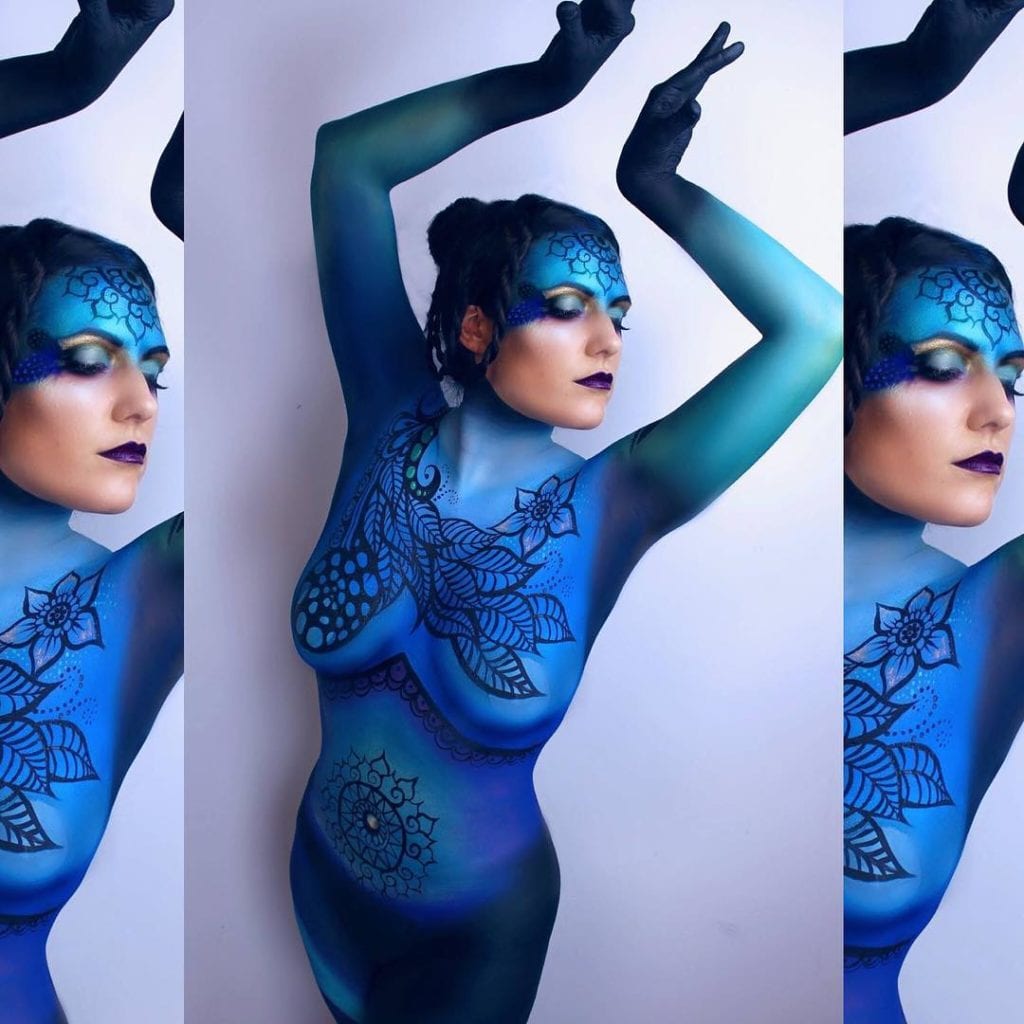
Art Zealous: How did you become a model for body painters?
Jessica Mellow: I started as a face-painter, and at my first convention I saw body-paint for the first time. Immediately I thought, that’s even cooler! Using the whole body as a canvas leaves so many more opportunities to create more fully-formed pieces of art.
Soon after beginning to learn body-painting, I was asked to be interviewed as part of a body-painting documentary. For that segment, the other painter being interviewed offered to paint me to provide a visual piece for our interview. I agreed as I’ve always been curious about getting painted. I didn’t realize what a life-changing experience that would be, as our interview turned into a 10-minute documentary in which each of us talked about how painting aided in the healing process with my eating disorder and her experience with domestic violence. Many who watched the video asked to paint me and eventually, it became a job. It was also the first time I was that open about my eating disorder, and people started reaching out to me with their own stories. It was so inspiring. Since then, I’ve advocated for education about eating disorders and promoting body positivity and acceptance through this unconventional art form.
AZ: Were you uncomfortable when you first started?
JM: I’ve always been able to separate my self-image issues from the body-paint, so I’ve never been very uncomfortable being nude for art.
AZ: When I watch your clips on Instagram, I get the sense that you are more than just a canvas for the artists, that you are a collaborator. How do you see yourself in relation to the art itself?
JM: I often collaborate, even when on the modeling side of the brush. I’m always open to giving input, and I feel open communication about the goal of the piece is extremely important. As a model, my job is to understand exactly what is on my body, know every aspect of the paint, whether there is a reason for particular details, what the message is (if there is one), and the tone of the expression and poses the artists want. Sometimes they paint me and just tell me to do my thing, other times they are far more detailed as to what they want regarding presentation.
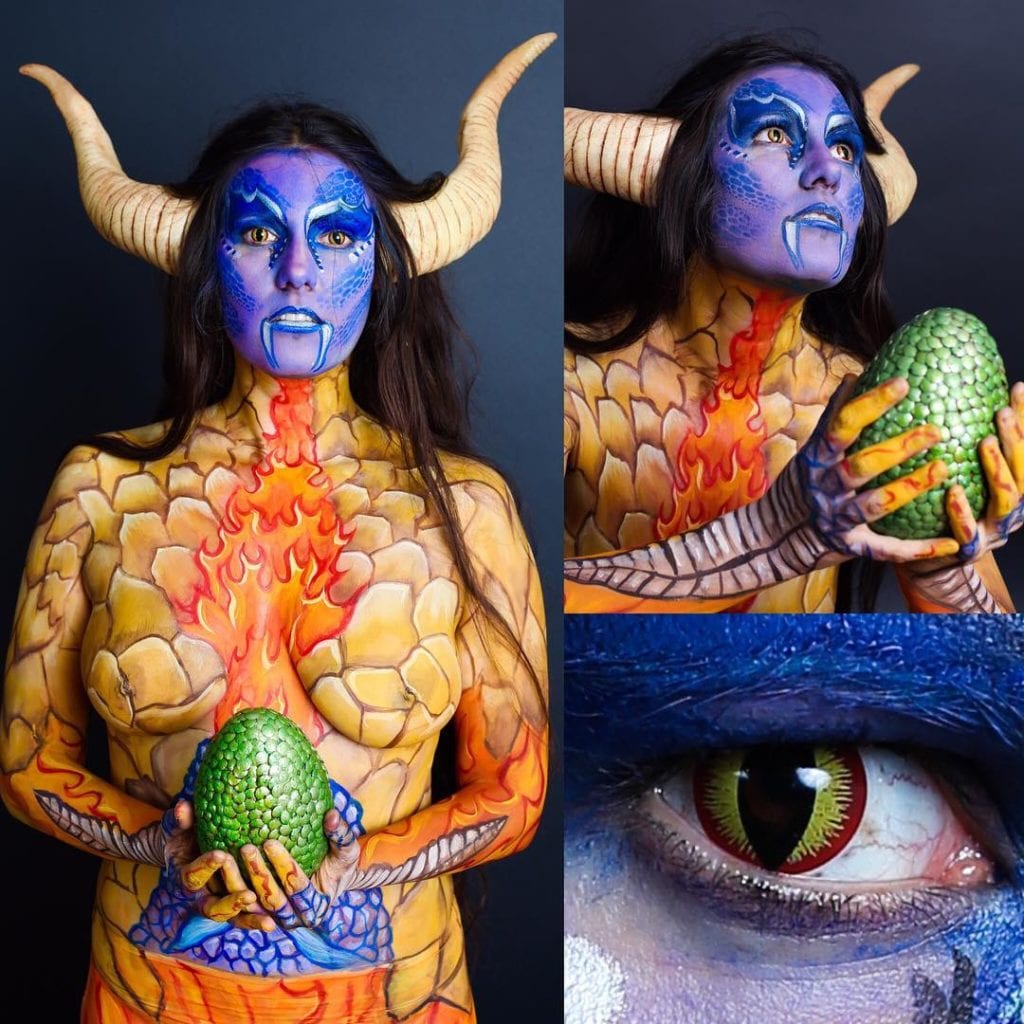
AZ: Do you consider yourself a performer?
JM: I do. Body-paint modeling is more like acting than traditional modeling. I love getting into character or conjuring up emotion to bring meaning to a piece. I love how a slight body movement or expression in the eyes, an interactive element or integration of a prop can make an image more complete. Even a simple tilt of the head can completely change the aesthetic of a piece.
AZ: Tell us about your favorite body paintings for which you have been the model.
JM: Several of the camouflage pieces I’ve done with Trina Merry are up there, especially the Brooklyn Bridge and the White House embrace camouflages. Both the images and the stories behind them make those some of my favorites. The “Candy Rain” body-paint with Hector Lopez resulted in some of the best all-around images I’ve seen. Our friendship is founded on our love of body-paint and coffee, so earlier this year we painted each other AS coffee in a collaborative piece we called, “Coffee Lovers.” Several of my collaborations with Shelley Wapniak have also been some of my favorites. We have often designed pieces together from the ground up. As I look at the pieces for which I’ve been the model, I see the process and the story that went into creating it. The process is just as important (if not more so) than the final image itself.

AZ: How long does a typical body painting session last?
JM: Sometimes you have a fixed amount of time, other times you have a whole day. I’ve been painted anywhere from a half hour up to 15 hours.
AZ: Does your work as a model for body painters change how you think about your work as a makeup artist?
JM: One of the reasons I agreed to model in the first place was feeling that modeling would help me as an artist, and it has. No matter what sort of collaboration you’re doing, the more you understand each side of the process, the better you will perform. If the artist and model communicate and work toward the same goal, it will show in the product. Painting helps my modeling, and modeling helps my painting.

AZ: Do your friends hate going out with you on Halloween?
JM: (Laughs) My whole year involves “costumes,” or rather, the transformation that goes into whichever type of body-paint I’m modeling for a particular project. On Halloween, though, I usually spend so much time painting other people that when it comes to my own costume, I end up going as myself because that’s rarer for me.
AZ: Who are some of the painters with whom you have worked? How do their approaches to painting your body differ?
JM: I can say that the people I work with the most often are the people in the New York area: Trina Merry, Shelley Wapniak, Hector Lopez, Donetta Riley, Lenore Koppelman, Ish Peralta, Dani Fonseca.
Everyone has such different approaches. It’s truly humbling to learn that there’s no singular, correct way to body-paint. Not only does each have their own style, but even people’s preferred tools and techniques vary widely.

AZ: How can we keep up with your future endeavors?
JM: I’m active on both Facebook and Instagram.
Top Photo // courtesy of @jessicameleon (painting by Hector Lopez)

